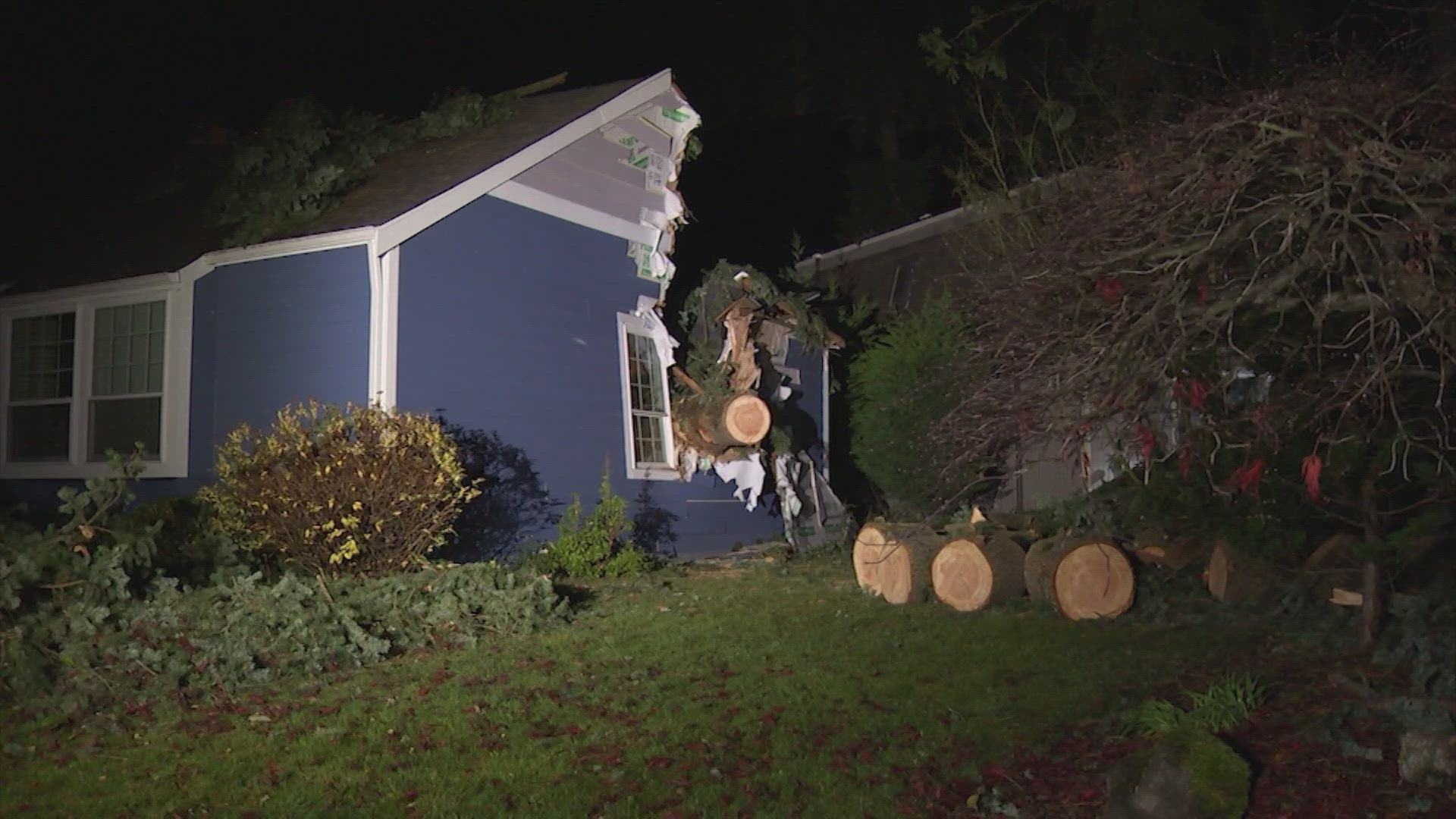Amtrak trains will not run on the Point Defiance Bypass route until an automatic braking system is operational, according to the Washington State Department of Transportation.
WSDOT Communications Director Lars Erickson made the announcement about “positive train control” in a call to elected officials Thursday morning following a deadly Amtrak derailment near DuPont on Monday.
Instead, the trains will run on an old route that goes by Point Defiance and adds about 10 minutes to the journey to Portland.
Positive train control, or PTC is a technology that could have slowed or stopped the train automatically. Trains are outfitted with hardware that communicates with a series or sensors along certain parts of the track. Those sensors warn the engineer about a change in speed ahead, and if that change isn't made, the system will take over and slow the train down to the suggested speed.
PTC was installed on Amtrak 501 and the portion of track where the train derailed, but was still being tested.
Congress legislated in 2008 that PTC be fully implemented on the nation's trains by the end of 2015. But there's been a lot of pushback by the train industry, so that deadline was then extended to 2018. Part of the problem is the coordination between the manufacturer of the train car, the dispatcher, the owner of the track and the operator of the train.
But the main reason is money. It's estimated the train industry will spend $22 billion on PTC over the next 20 years, and hundreds of millions more per year to maintain the system. Coming up with that capital could explain the slow rollout. So far only 37 percent of freight liners and 23 percent of passenger lines are equipped with PTC and the deadline is a year away.
"I think many of my colleagues would rather have implemented it sooner, but regardless of that, we want to make sure that every day Amtrak operates safely," said Washington Senator Maria Cantwell. "What are the operational procedures that are safeguards with the workforce, both process, oversight and management to make sure these trains are following process and procedures to slow down at these very dangerous and volatile points."
%INLINE%
Amtrak train 501 was traveling about 80 miles per hour in a 30 mph speed zone when it derailed, according to the National Transportation Safety Board.
The stretch of railway where the derailment occurred is likely out of commission for at least a couple weeks, according to Sound Transit, which owns that portion of rail. Repairs include fixes to the rail, signal equipment, and rail structure.


